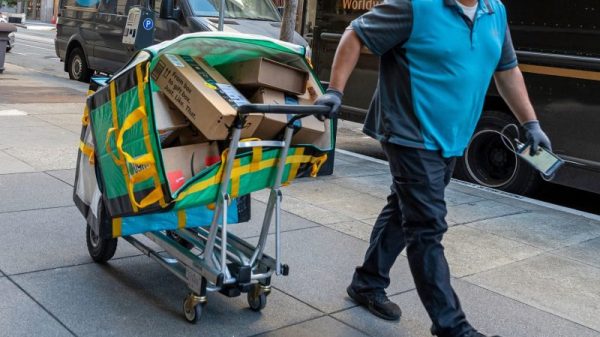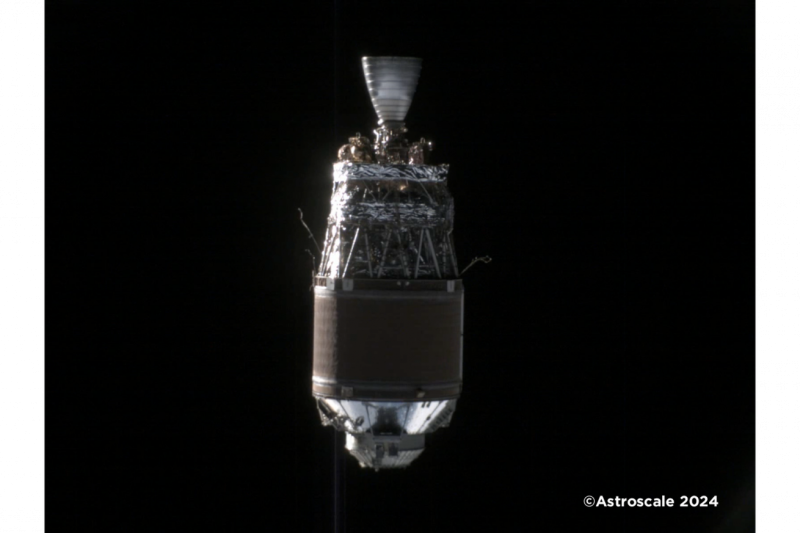Space Junk: A Growing Concern for Astronomers and Space Agencies
The Earth’s atmosphere is becoming increasingly cluttered with debris, posing a threat to existing satellites and future space missions. The issue of space junk has been gaining more attention from astronomers and space agencies around the world.
As more nations and private companies launch satellites into orbit, the amount of space junk continues to grow. These objects range from spent rocket stages to defunct satellites and even small fragments of debris. Despite their size, even tiny pieces of debris traveling at high speeds can cause significant damage to operational satellites and spacecraft.
The growing presence of space junk poses a challenge to ongoing and future space missions. Astronomers are concerned about the potential impact on their ability to observe the universe clearly. The presence of debris in orbit can interfere with telescopes and other instruments, affecting the quality of data gathered.
Space agencies are also concerned about the safety of astronauts aboard the International Space Station (ISS) and future crewed missions to the Moon and Mars. Even a small fleck of paint or a bolt traveling at orbital velocity can puncture a spacecraft’s hull, endangering the lives of those on board.
Efforts are underway to track and monitor space junk to reduce the risk of collisions in orbit. Space agencies around the world collaborate to share data and develop strategies to mitigate the growing problem. Technologies such as ground-based radar systems and satellite-based trackers play a crucial role in monitoring the movement of space debris.
One proposed solution to the issue of space junk is to actively remove debris from orbit. Concepts such as space-based nets or robotic arms could capture and de-orbit defunct satellites and other derelict objects, reducing the population of debris in space. However, the challenges of developing and deploying such technologies remain significant.
Another approach involves designing satellites and spacecraft with disposal mechanisms to safely de-orbit at the end of their operational lifespan. By incorporating features such as propulsion systems or deployable drag sails, spacecraft can be guided to burn up in the Earth’s atmosphere, reducing the amount of debris left in orbit.
Ultimately, addressing the problem of space junk requires a coordinated effort among nations, space agencies, and commercial entities. By increasing awareness of the risks associated with space debris and investing in technologies to track, monitor, and remove objects in orbit, we can safeguard our assets in space and ensure the safety of future space missions.
In conclusion, the issue of space junk is a growing concern that requires immediate attention and action. By working together to address this challenge, we can protect our access to space and preserve the wonders of the universe for future generations.





























